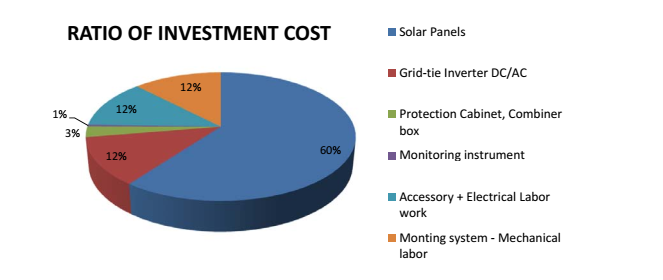
How does the battery plate work?
Arguably, the quality of solar panels as well as the inverter is the most important factor in choosing a solar system. Over 25 years, solar panels will endure more than 100,000 hours of non-stop heat, heat and cold, wind, rain, corrosive salt, hail and more.
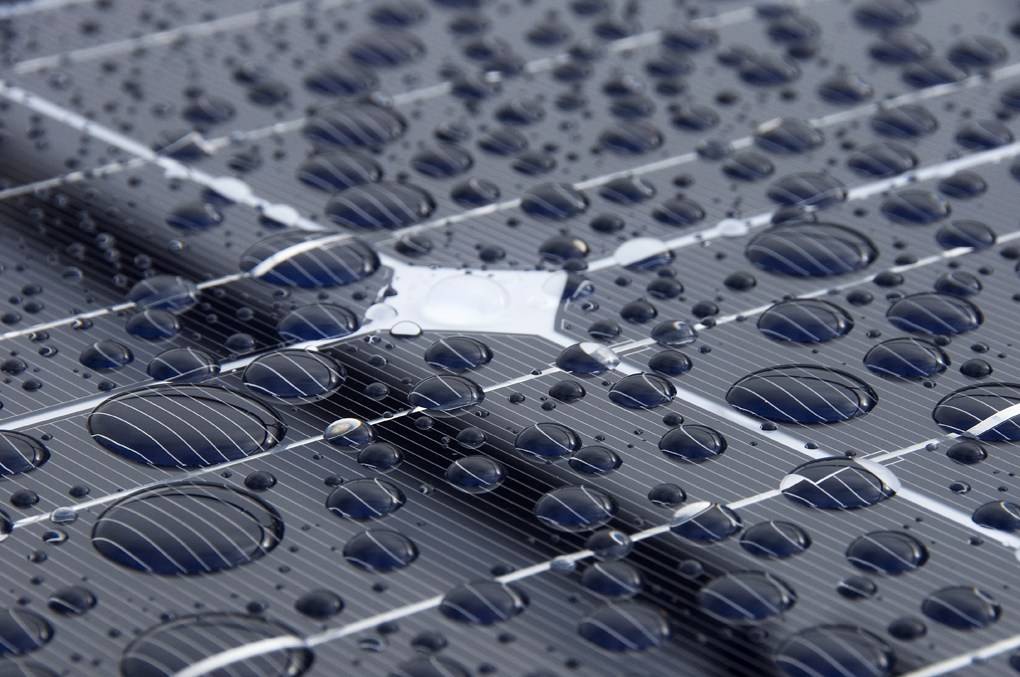
Those are extremely harsh working conditions for an electrical device. You have to be sure that the solar panel you buy will be able to deliver the correct performance over its lifetime. A good quality solar panel differs from cheap in structure such as waterproof glue, pads, materials and welding techniques and efficiency of solar cells (grade A, B, C or D ), PV power cable, connector, waterproof box ...
Tip: If your panel label says “Grade x” or similar, you will have to ask the manufacturer to explain what it means.
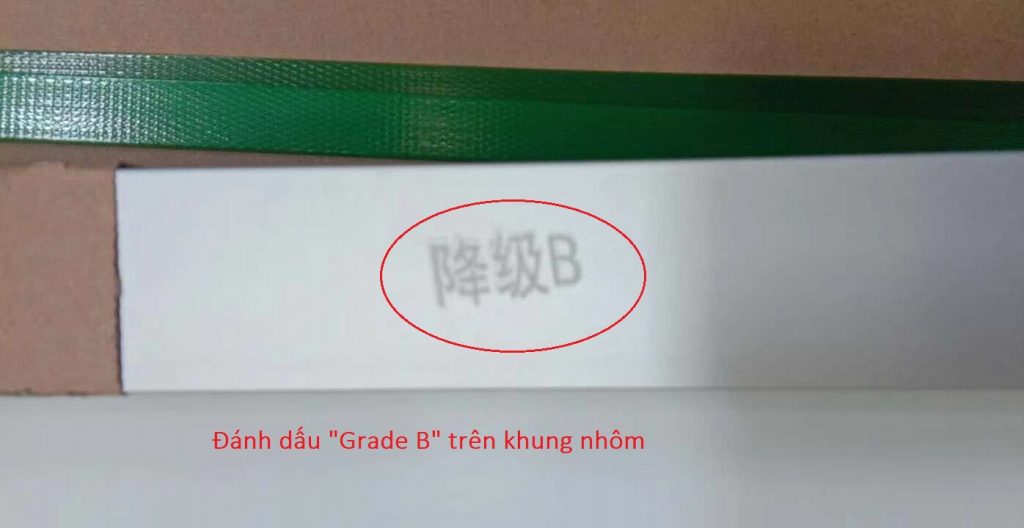
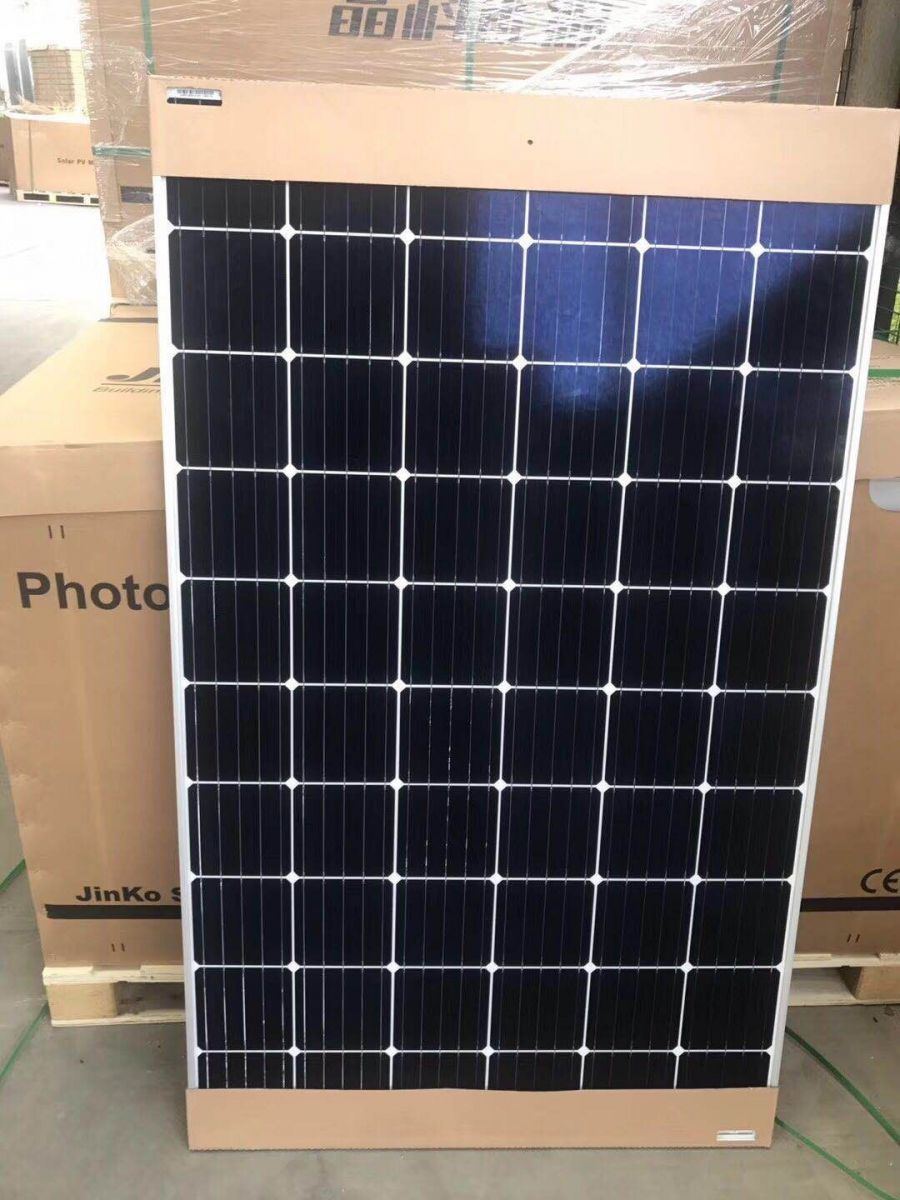
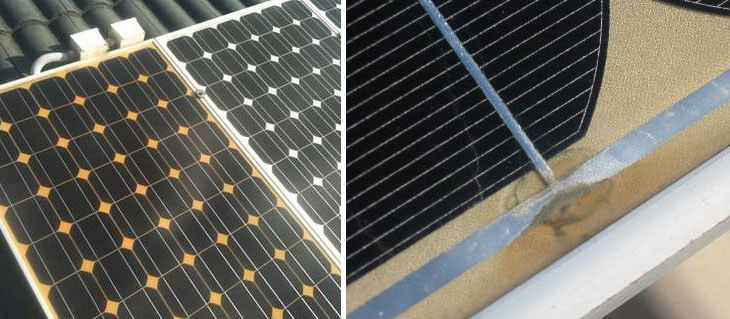
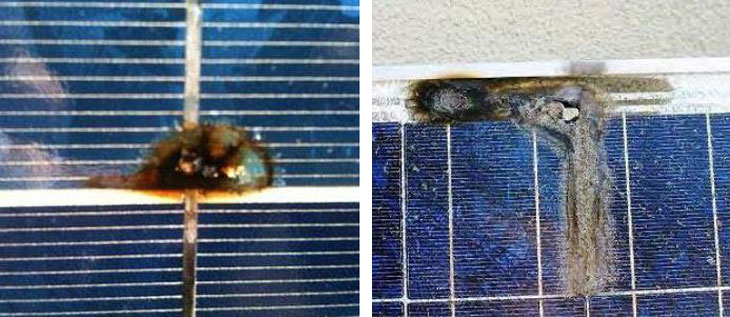
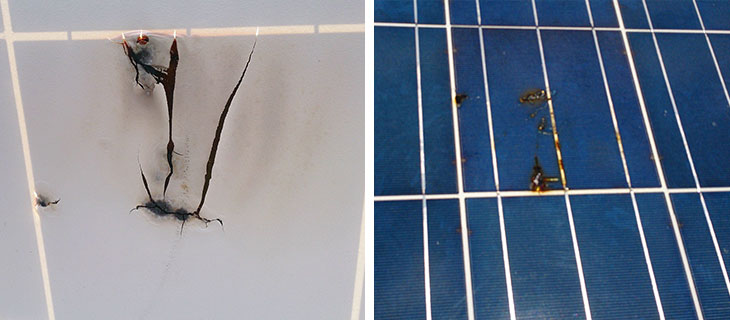
Protective decal peels off the back layer of the solar cell
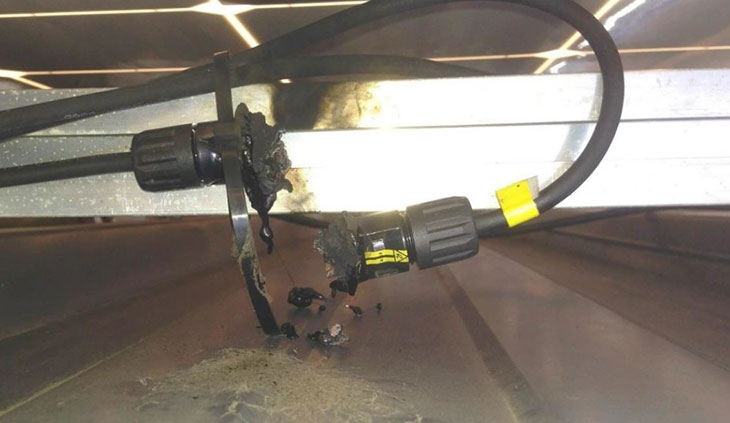
The connector is burnt due to poor quality
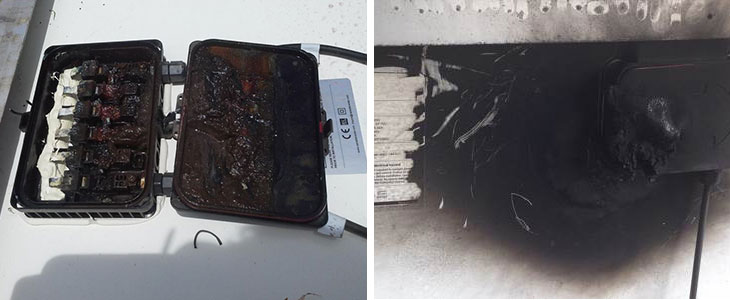
Defective junction box due to poor IP or poor quality diode.
Note: maybe you are concerned about the quality of solar panels in the market! The good news is that these failures warning will not happen with quality products from reputable manufacturers and professional installation suppliers.
Some damage is caused by photovoltaic cells (solar cells)
Based on the type and degree of surface defect on the cell surface, solar panel cells are classified in different grades with types (A, B, C, D). Sometimes, with the naked eye, it is impossible to tell if the battery is broken or not without having to take an optical scan (EL Test).

How are solar panels classified (A, B, C, D)?
Class A solar cells: Class A cells simply don't have any visible defects, and the electrical data is properly shown as in spec. The specifications of the cells can be measured with a cytologist.
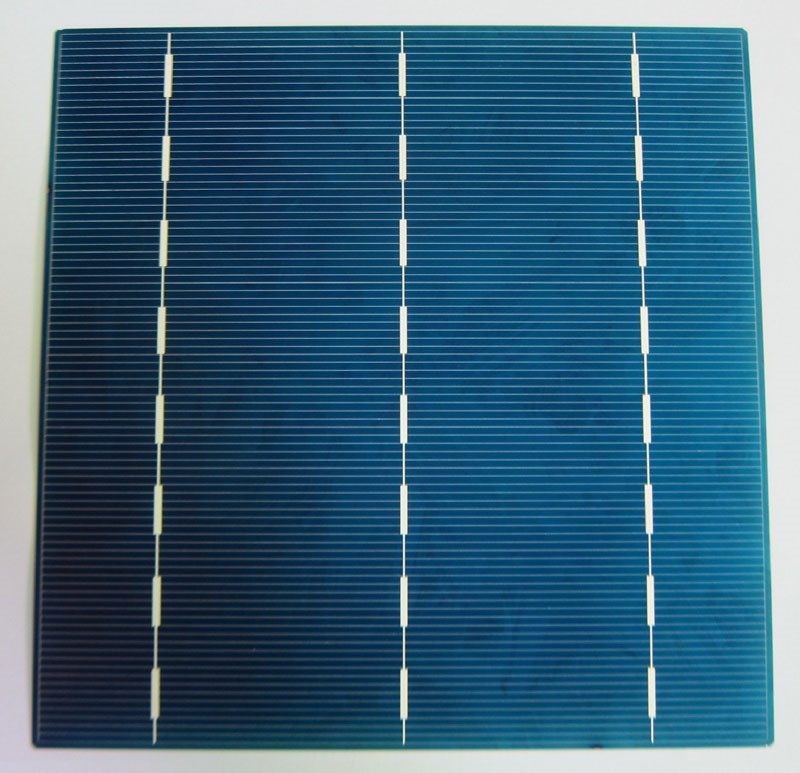
Grade B solar cells: Class B cells have visible but very minor defects, and the indicated electrical data will differ slightly in voltage and current with the consumer battery. Grade A standard. The following visible defects are common: slight curvature, color misalignment, lack of circuit lines, etc.
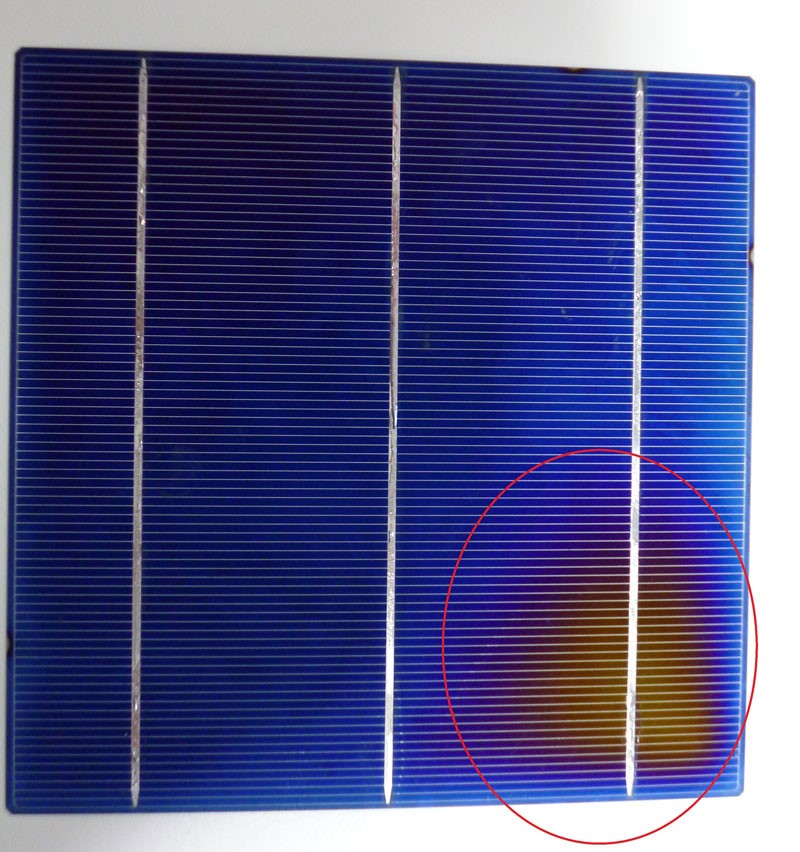
Grade B - color deviation
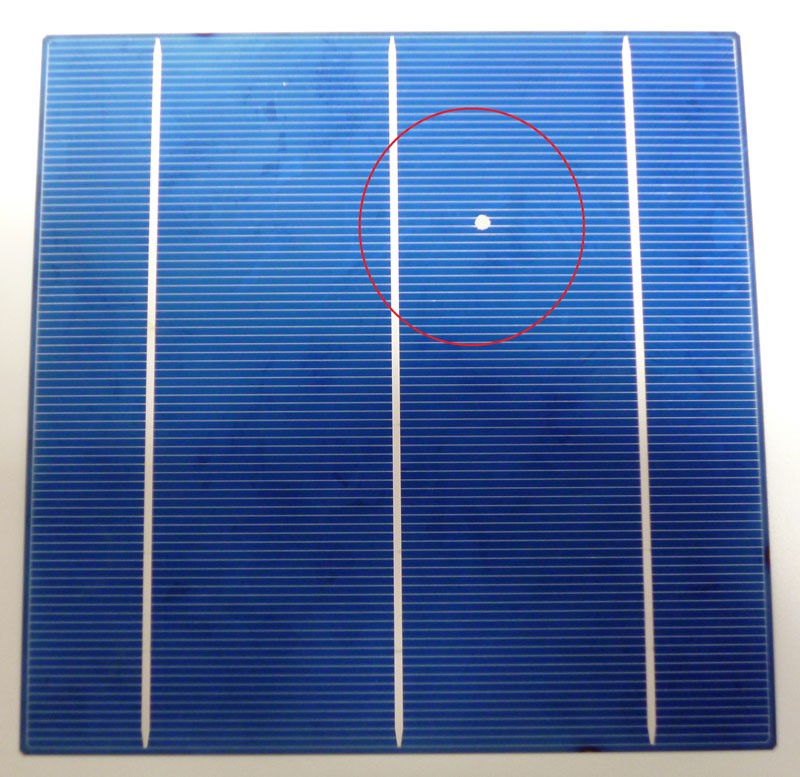
Class B - weld defective
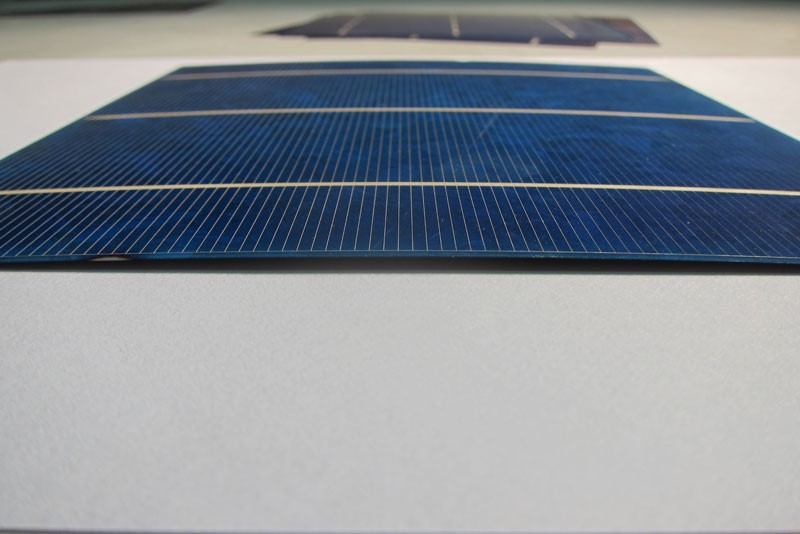
Grade B - great bend
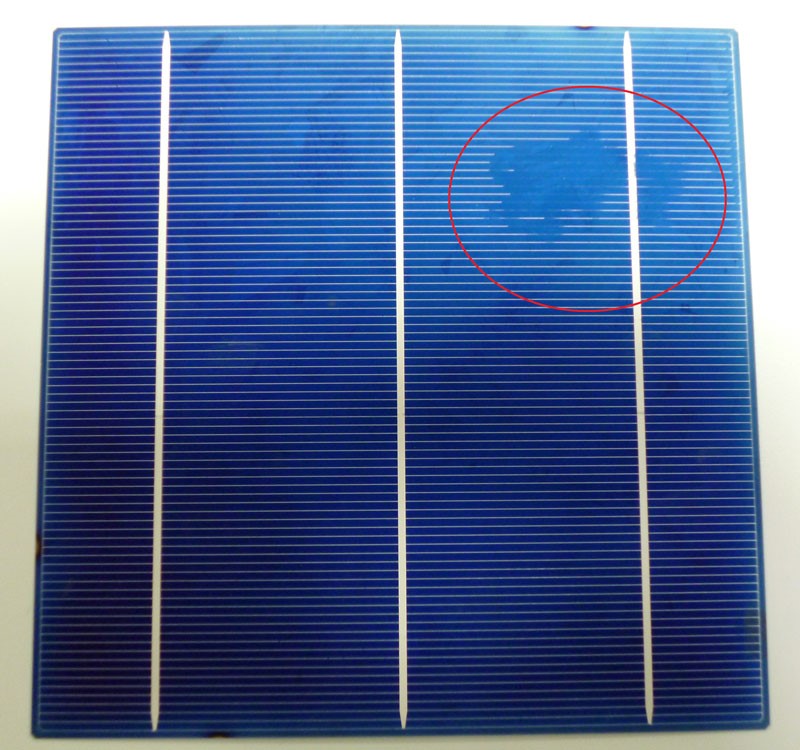
Class C solar cells

Class C solar cells - angle break
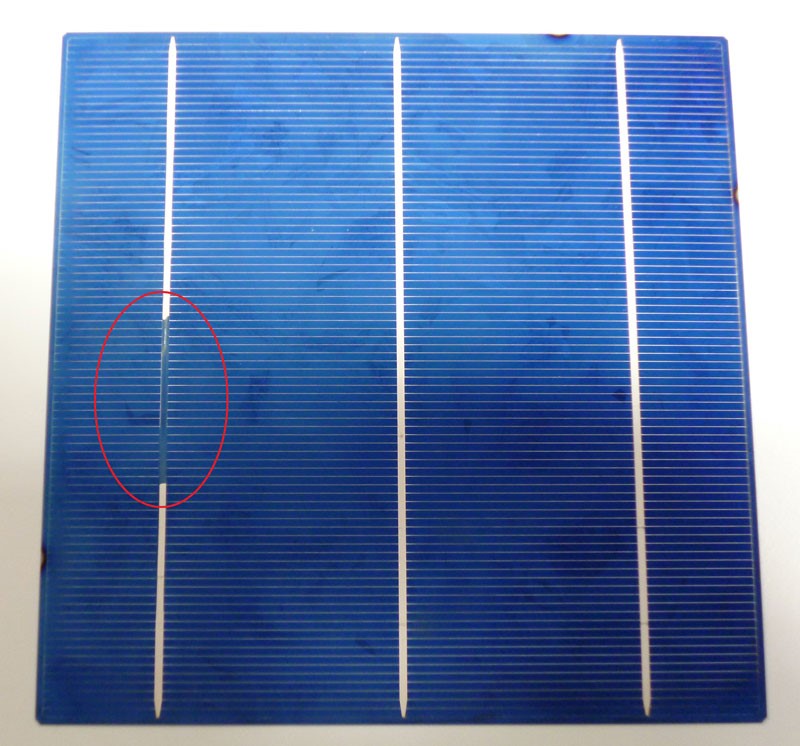
Class C solar cells - Lack of busbar
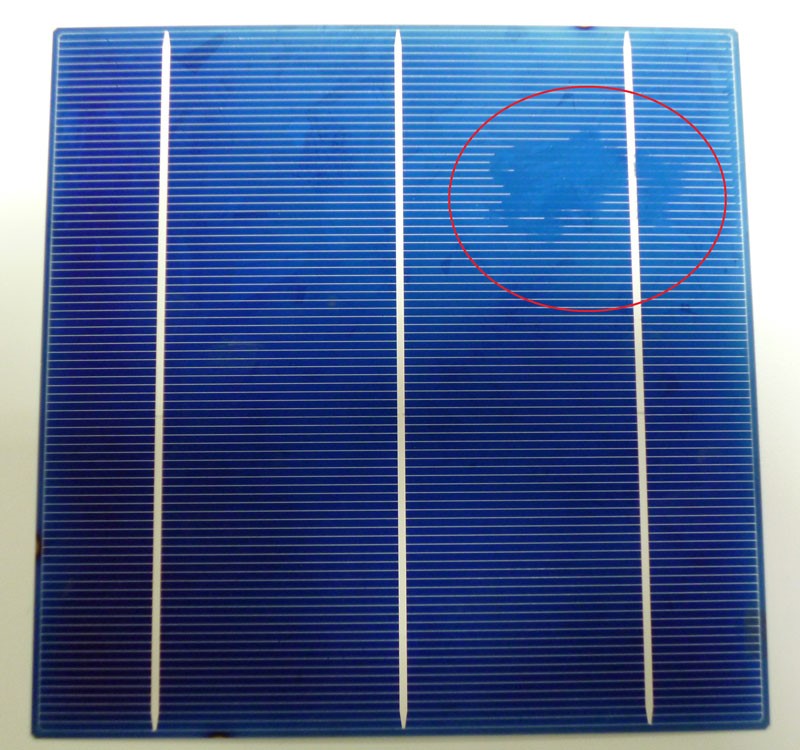
Class C solar cells - Lack of printed circuit lines
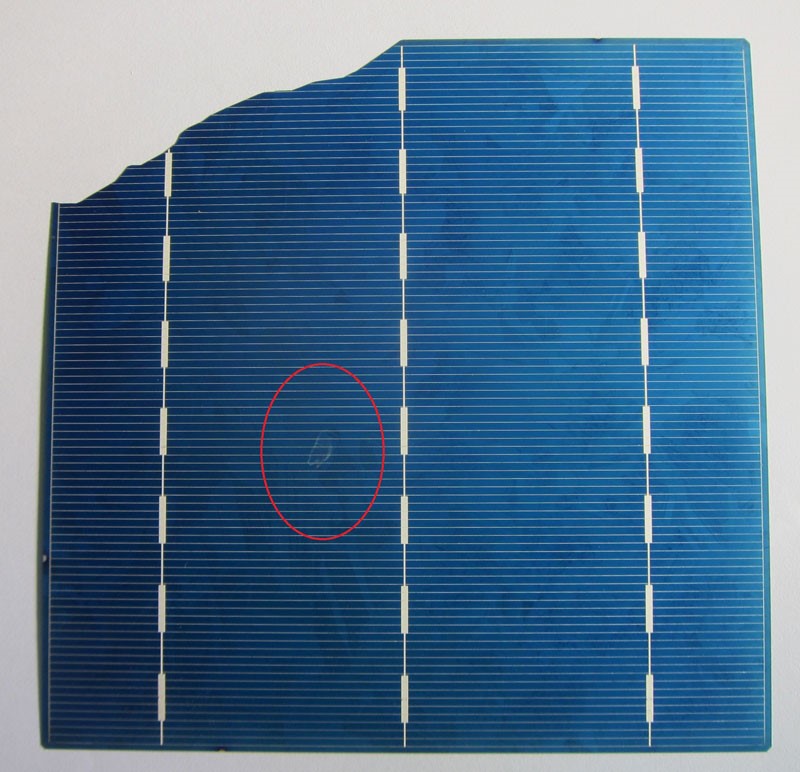
Class C solar cells - have a sunken trace
Thus, with the above content, we hope customers have more information to choose good solar panels for their projects. In addition to the price, quality of warranty service, customers can review the product parameters and compare the following main items:
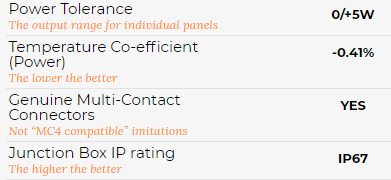
Tip: Sometimes you have used good solar panels, have reputable brands, quality products. Note, however, that you have only completed 50% of the solar PV project! Do not let a poorly designed and installed system lead to damage to the solar panel (in most cases companies will refuse the warranty).
 527/16 Phan Văn Trị, Phường 5, Quận Gò vấp , TP. HCM
527/16 Phan Văn Trị, Phường 5, Quận Gò vấp , TP. HCM
 093 697 0889
093 697 0889
 sales@proteksolar.vn
sales@proteksolar.vn
 www.proteksolar.vn
www.proteksolar.vn
